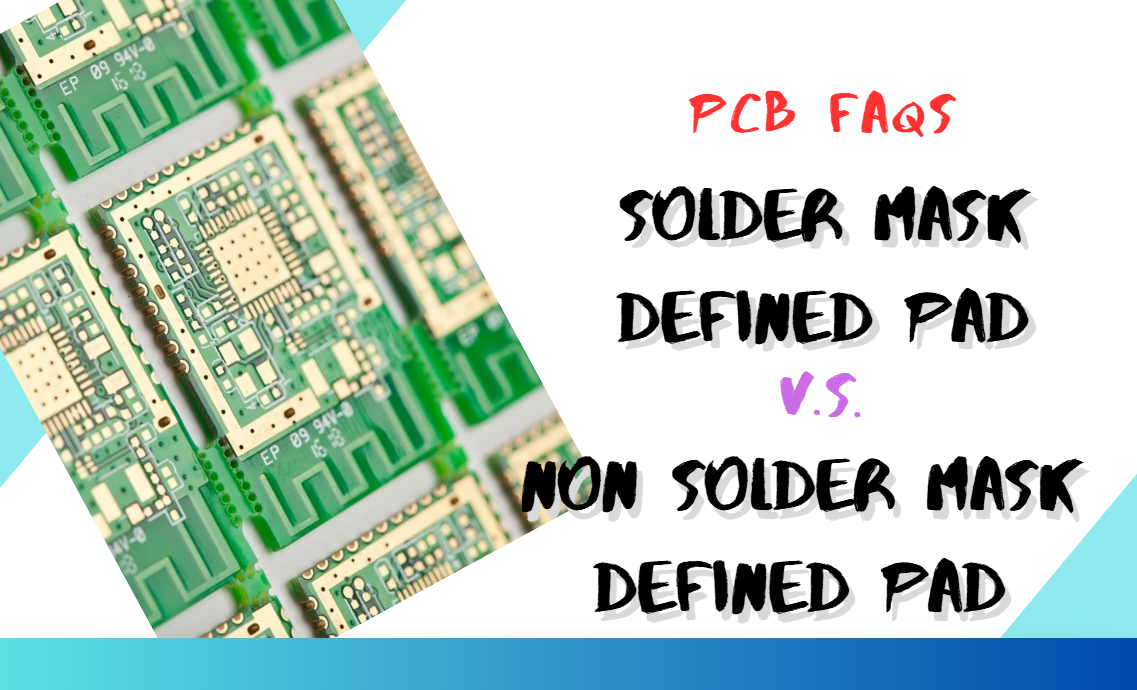Solder Mask Defined
(SMD) vs. Non-Solder Mask Defined
(NSMD) Pads in PCB Design

In printed circuit board (PCB) design, choosing between Solder Mask Defined (SMD) and Non-Solder Mask Defined (NSMD) pads is crucial, especially for surface mount technology (SMT) components like Ball Grid Arrays (BGAs). Each approach has distinct advantages and applications depending on factors like mechanical strength, solderability, and manufacturability.In printed circuit board (PCB) design, choosing between Solder Mask Defined (SMD) and Non-Solder Mask Defined (NSMD) pads is crucial, especially for surface mount technology (SMT) components like Ball Grid Arrays (BGAs). Each approach has distinct advantages and applications depending on factors like mechanical strength, solderability, and manufacturability.
What are the differences between SMD and NSMD Pads
Solder Mask Defined (SMD) Pads
In SMD pads, the solder mask opening defines the pad size by covering the copper pad, leaving only a portion of it exposed for soldering. This method restricts solder flow and provides better mechanical strength.
• Advantages:
• Improved mechanical strength, making it ideal for high-reliability applications.
• Helps prevent pad lifting, especially for larger components.
• Reduces solder spread, ensuring controlled solder deposition.
• Disadvantages:
• Reduced copper pad area due to mask coverage, which can impact electrical performance.
• Higher stress concentration at the solder joint, increasing the risk of failures under thermal cycling.
• Helps prevent pad lifting, especially for larger components.
• Reduces solder spread, ensuring controlled solder deposition.
• Disadvantages:
• Reduced copper pad area due to mask coverage, which can impact electrical performance.
• Higher stress concentration at the solder joint, increasing the risk of failures under thermal cycling.
Non-Solder Mask Defined (NSMD) Pads
In NSMD pads, the copper pad is fully exposed, with the solder mask opening being larger than the pad itself. This approach allows for better solder flow and stronger solder joints.
• Advantages:
• Larger copper pad area improves electrical performance.
• Better solder joint reliability due to improved solder fillet formation.
• More flexibility in PCB manufacturing and repair.
• Disadvantages:
• Less mechanical strength since the solder joint relies solely on the copper pad adhesion.
• Increased risk of pad lifting, especially for larger BGA components.
The choice between SMD and NSMD pads depends on the specific requirements of the PCB design. While SMD pads offer better mechanical stability, NSMD pads provide improved solder joint reliability and electrical performance. By carefully considering the application, pitch size, and reliability factors, PCB designers can select the most suitable pad type for optimal performance and manufacturability.


